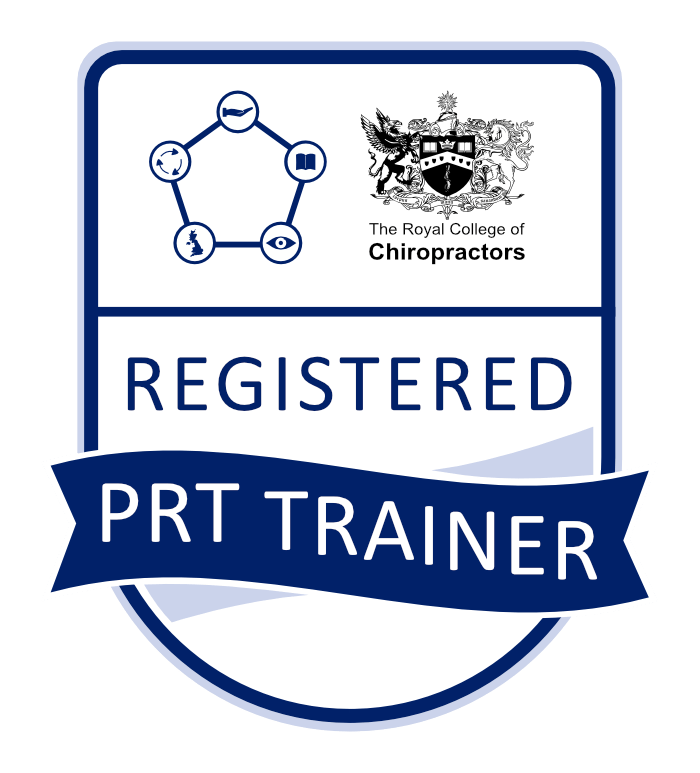The shoulder is the most mobile joint in the body, well adapted for over-head work, throwing, as well as carrying. We put them through a lot! The reason the shoulder can move so freely is due to the anatomy of the joint itself as well as the surrounding tissues and muscles.
The shoulder joint itself is a very shallow ball and socket joint enabling the arm bone (humerus) to move through 180°. The socket of the joint is formed by part of the shoulder blade (scapula), which is in turn attached to the ribcage only by a muscle (subscapularis). At the front of the joint the shoulder blade attaches to the collarbone (clavicle).
As the saying goes you don’t get something for nothing and this is also true in anatomy. The increase in mobility of the joint is achieved by sacrificing stability, which makes it so prone to overuse, strain, sprain and other injury.
These days a lot of us have sedentary, desk-based jobs. Frequently, people who work long hours at a desk develop poor posture and bad habits from slouching and not taking regular breaks to stretch. Poor posture can also develop from a much younger age as a result of “text-neck” staring for hours at hand held devices. This can lead to weakness in the muscles that stabilise the shoulder and eventually to pain as the muscles aren’t allowed to move properly.
Other common mechanisms of injury are from sports injuries ie, throwing where there can be a tear in a muscle or problem with a ligament or from repetitive actions such as knitting, cleaning, curling etc.
Shoulders are complex, multi-joint structures and so it can be tricky to identify the root of the problem and apply appropriate, effective treatment. It is always a good idea to consult a Chiropractor, or other qualified professional who will take time to examine you thoroughly and establish the cause before beginning any treatment. With most musculoskeletal problems time is of the essence. If a problem is relatively recent it generally responds better to treatment than if scar tissue is allowed to develop.
Chiropractors are trained specifically to carry out a thorough examination and determine what is causing your problem before starting any treatment with you. We individually tailor a treatment plan according to your needs, age, physical and general health. Typically, treatment may include a range of therapeutic interventions including, but not limited to manipulation, mobilisation, massage and rehabilitative exercises.
There are some lifestyle changes you can make to decrease the likelihood of developing a shoulder problem. A focus on correct posture, including using exercises to strengthen the supporting muscles of the shoulder girdle will help. It is also important to have your work desk checked so that your work environment is ergonomically sound to prevent injury. If crafting, doing sports or other repetitive actions it is important to stretch and take regular breaks.

